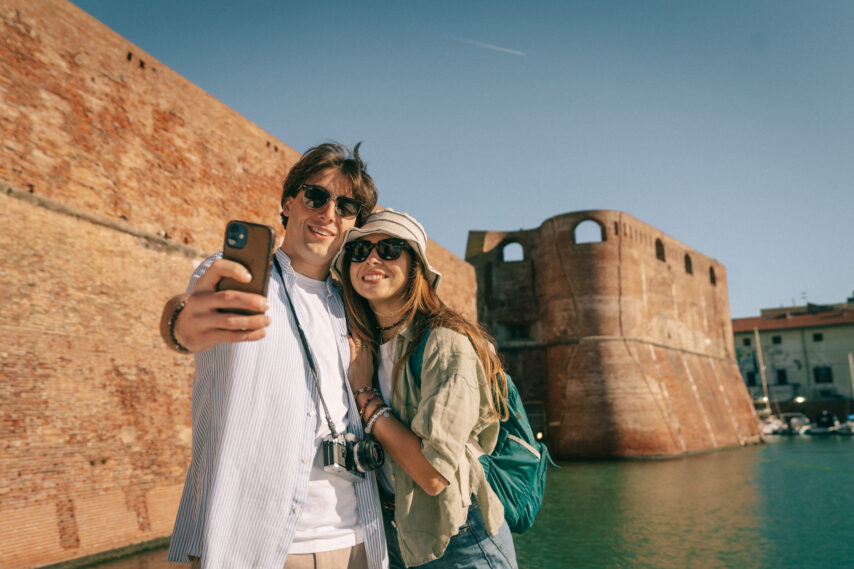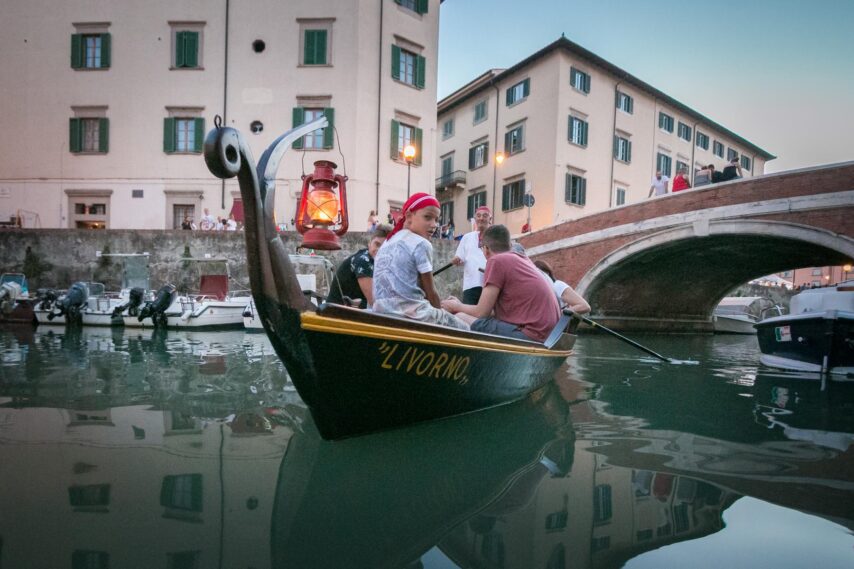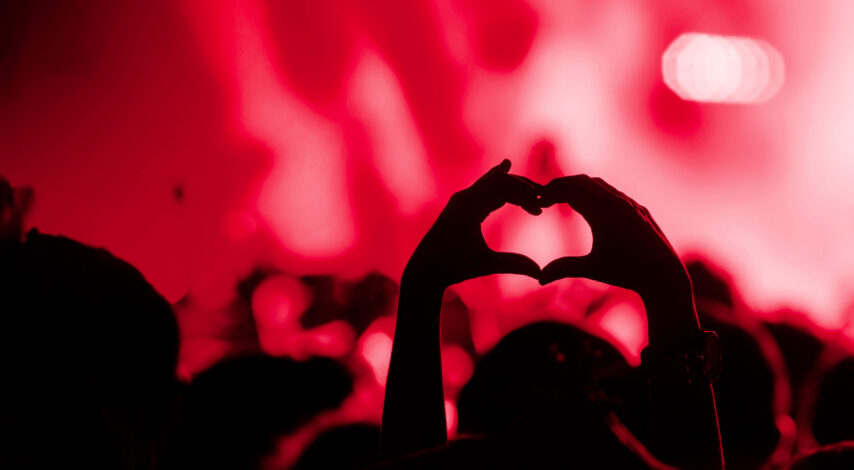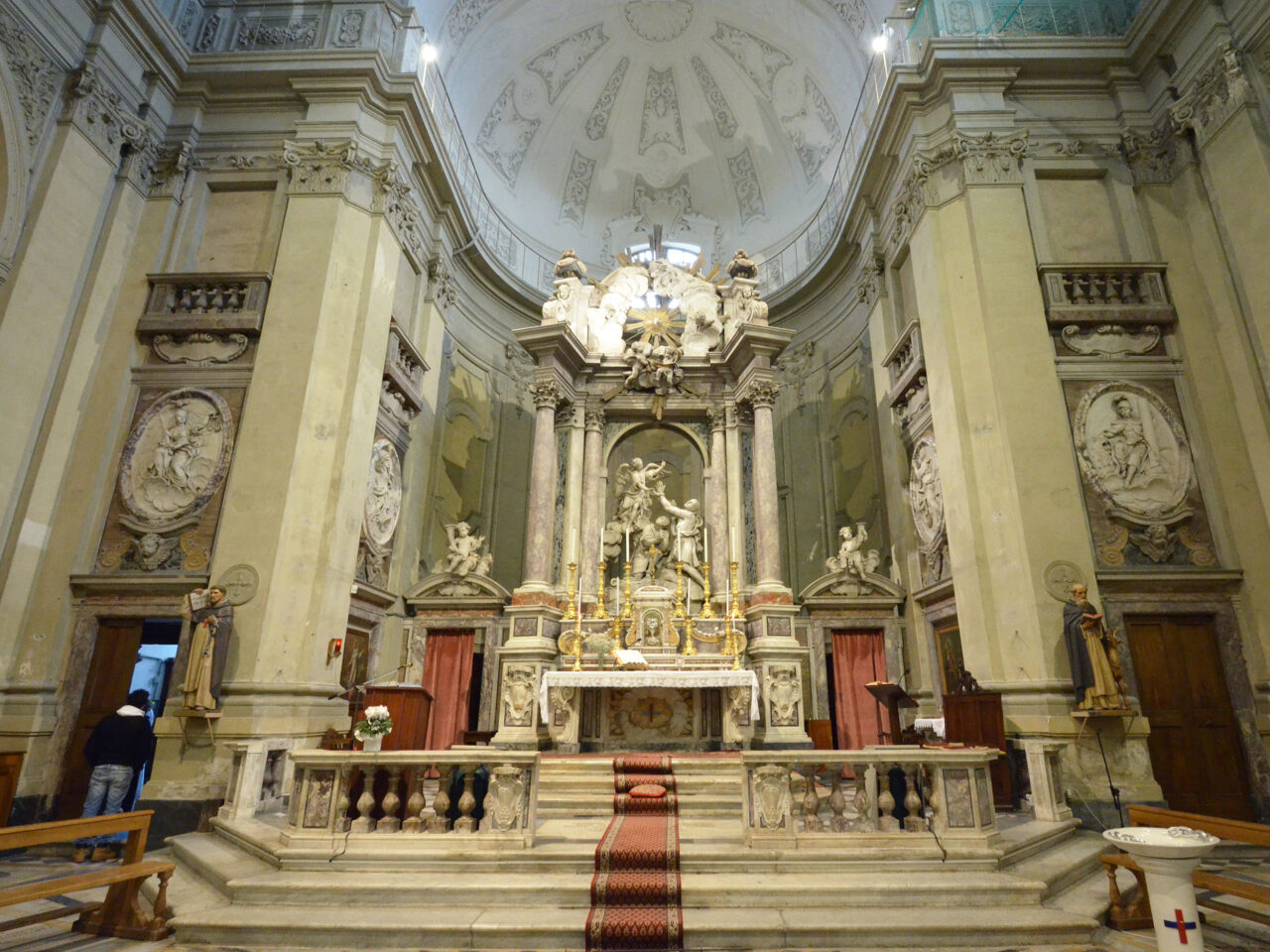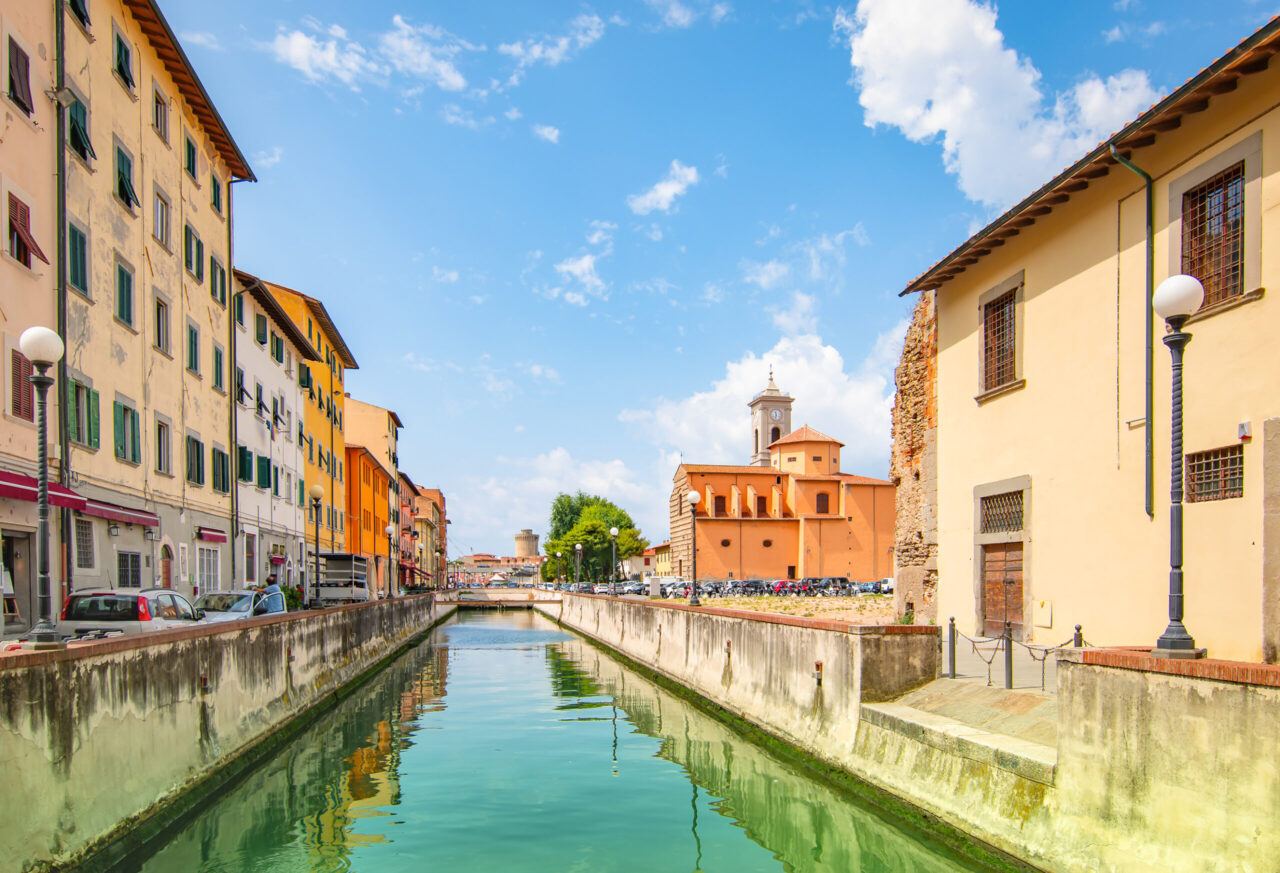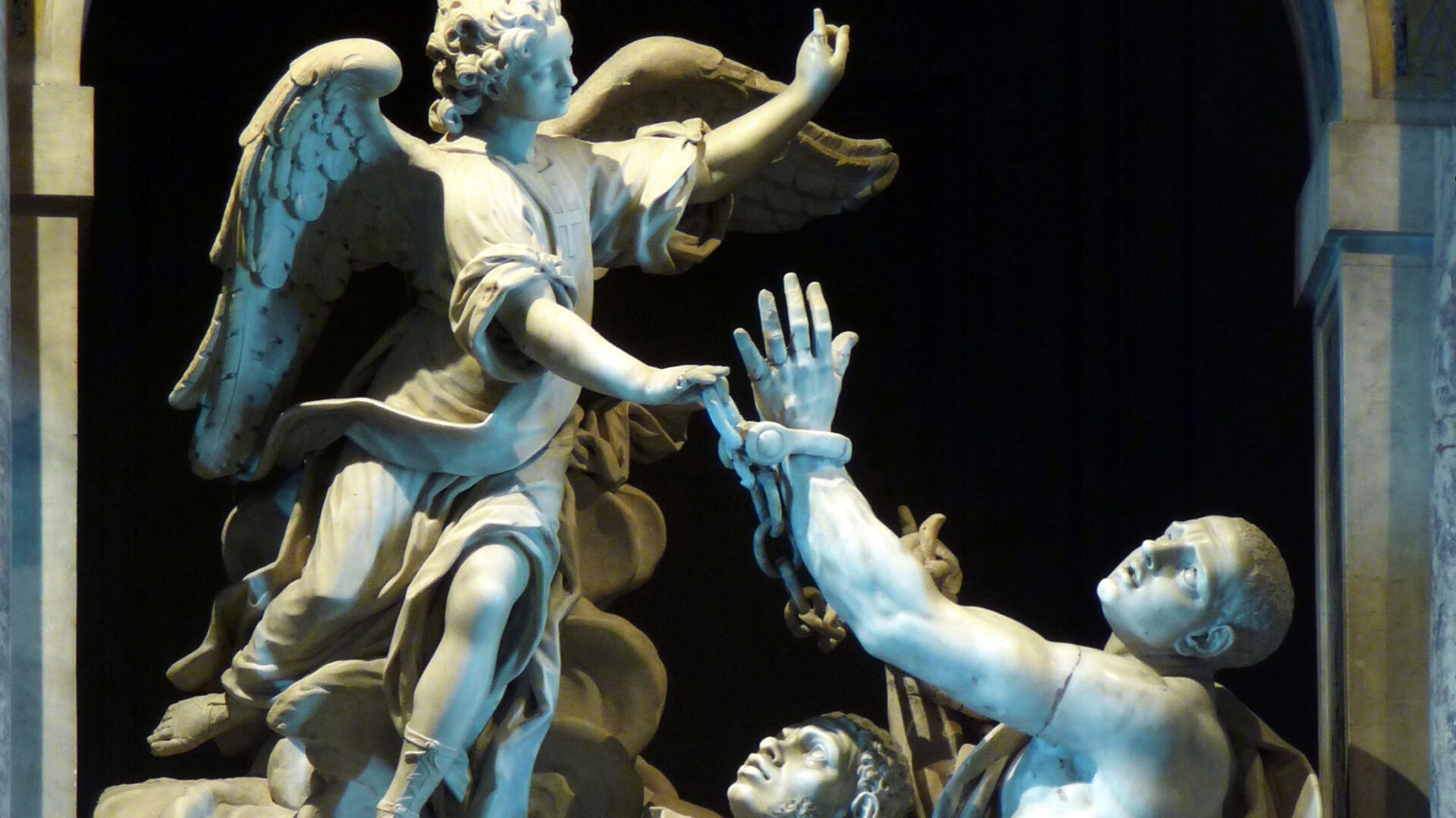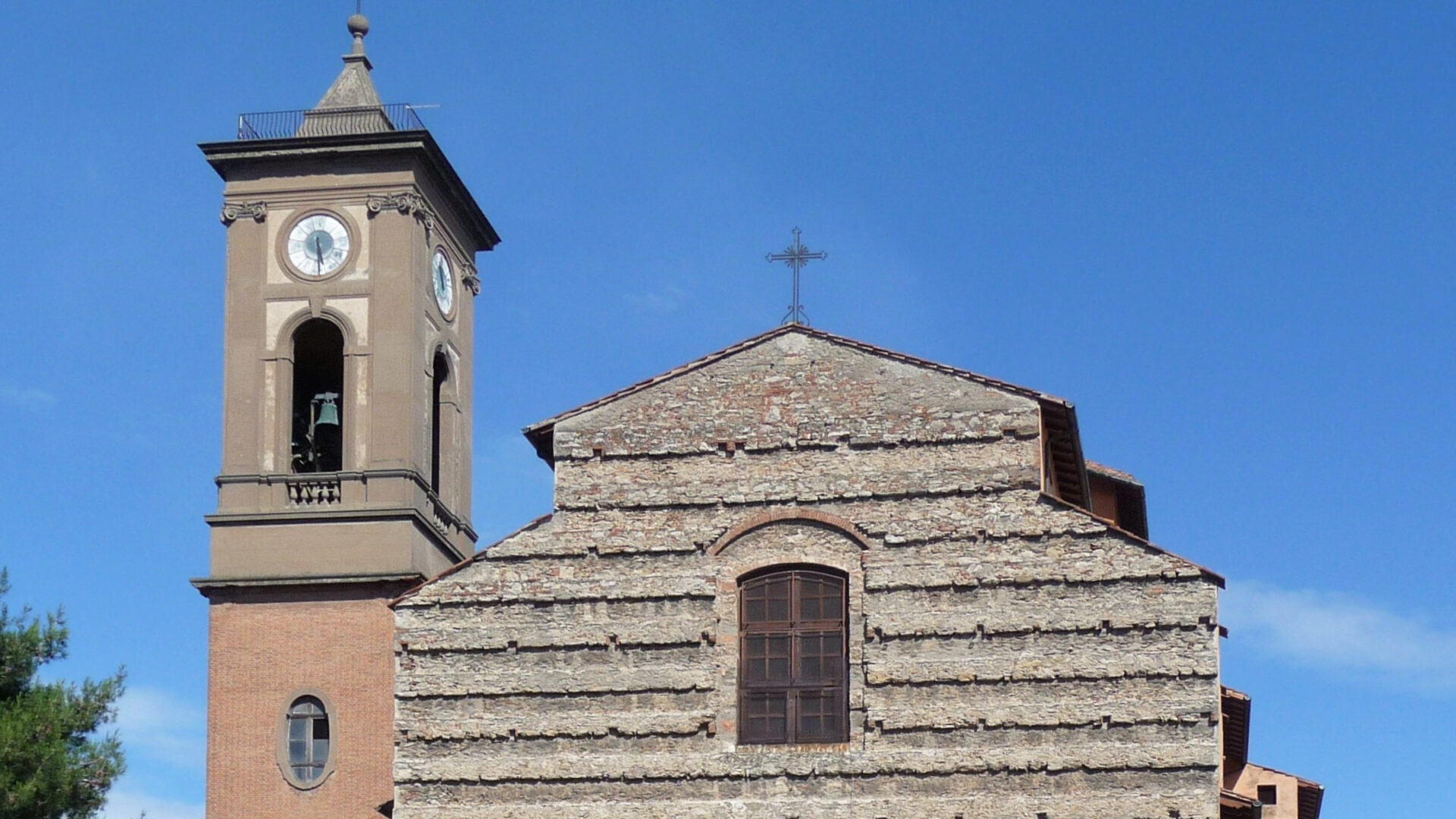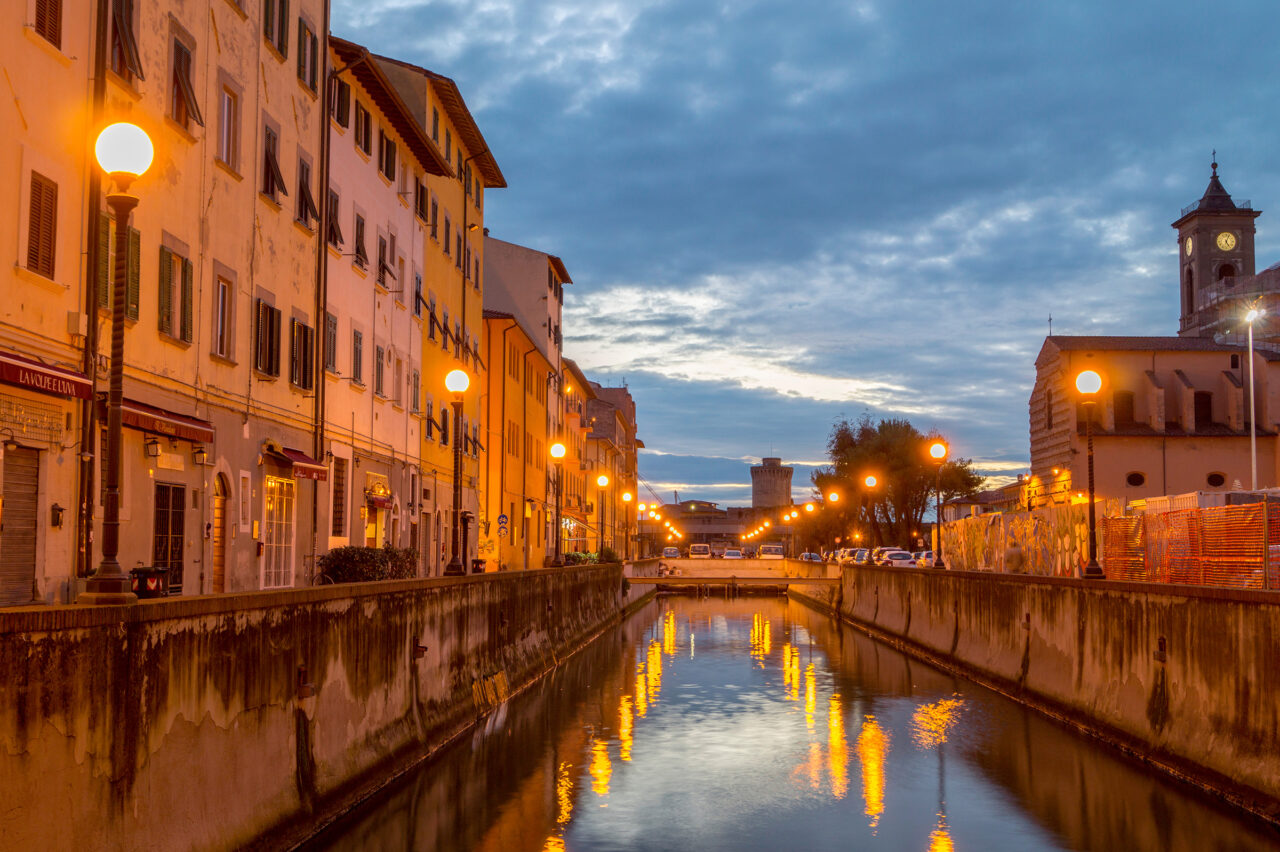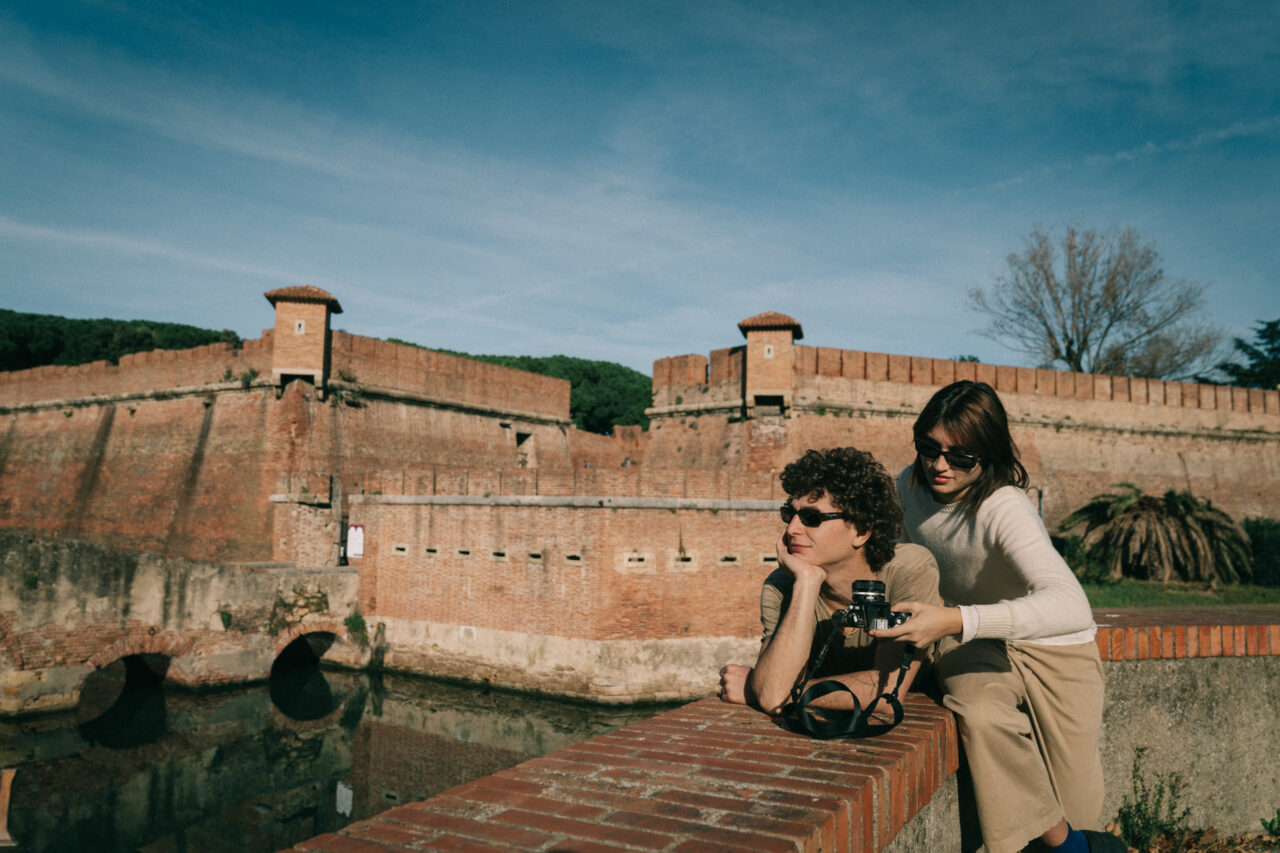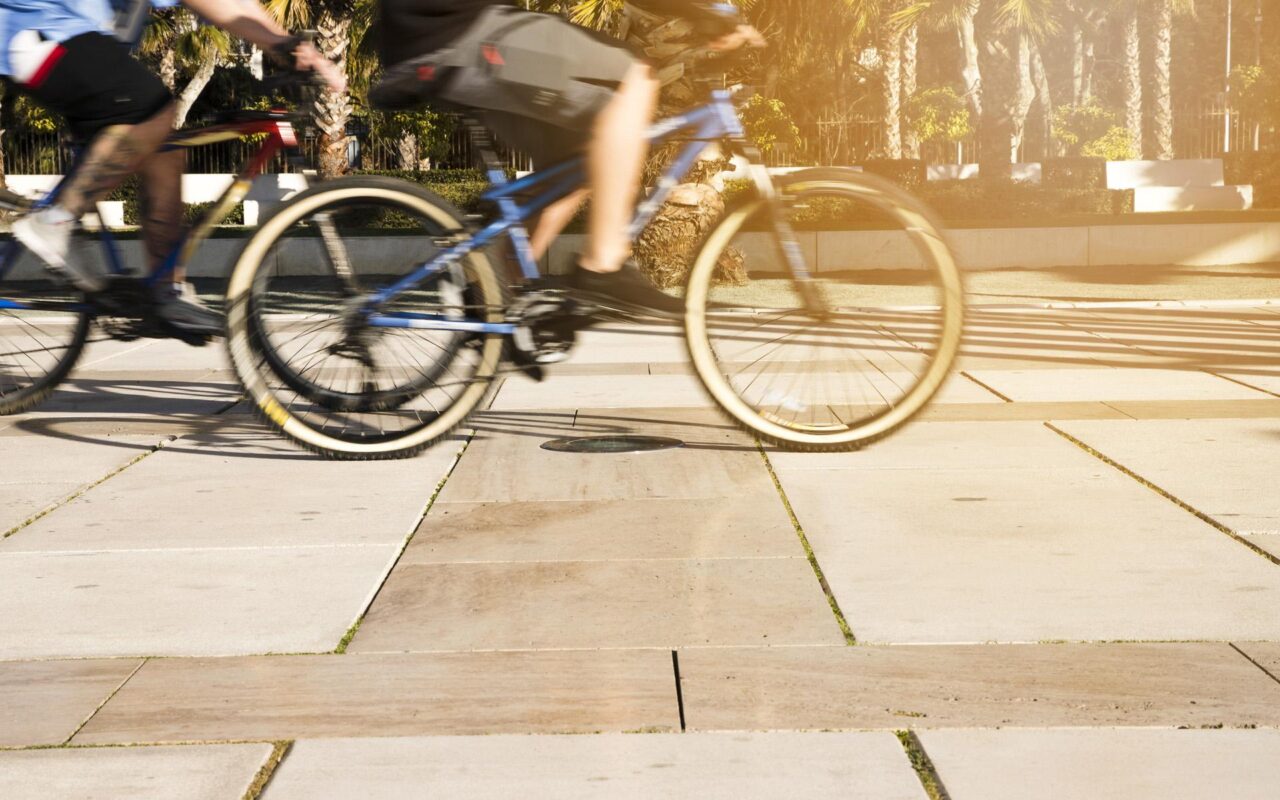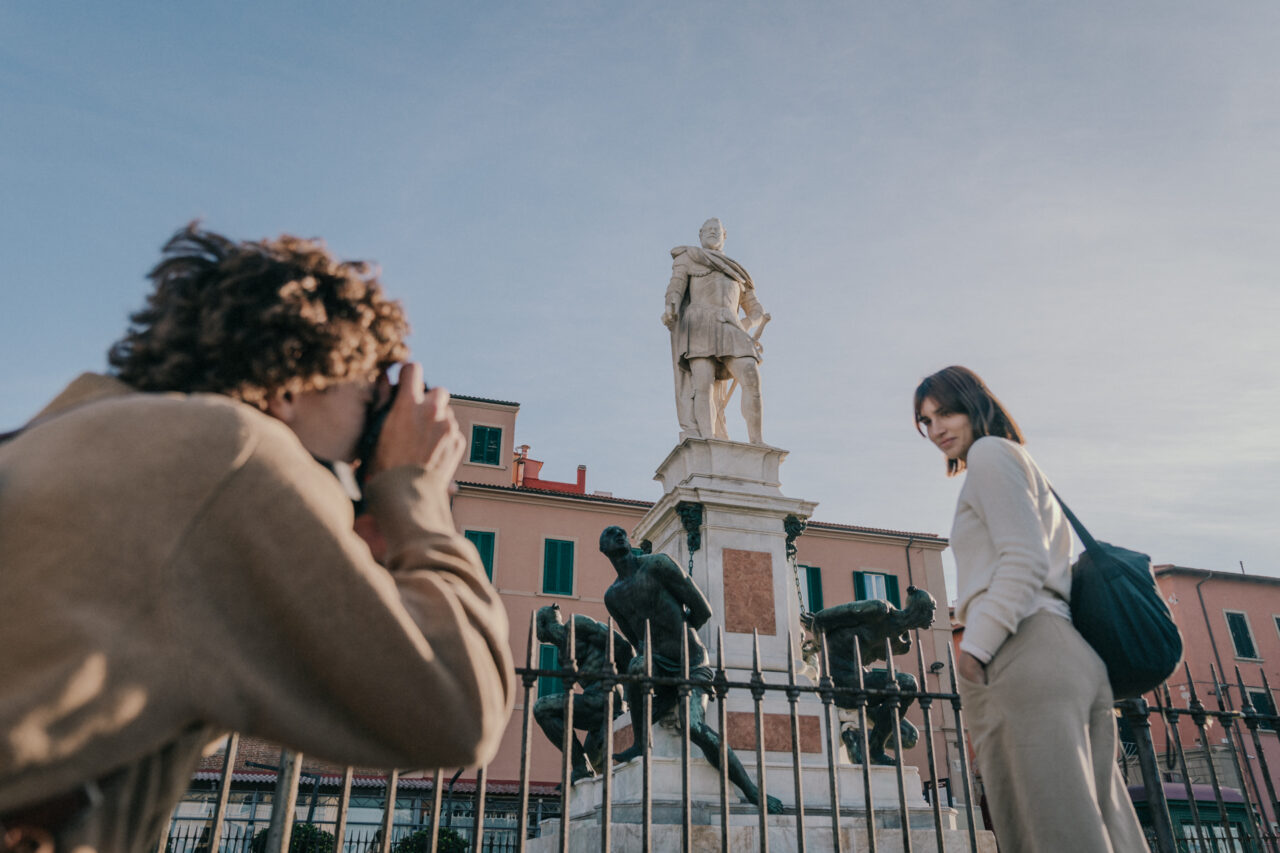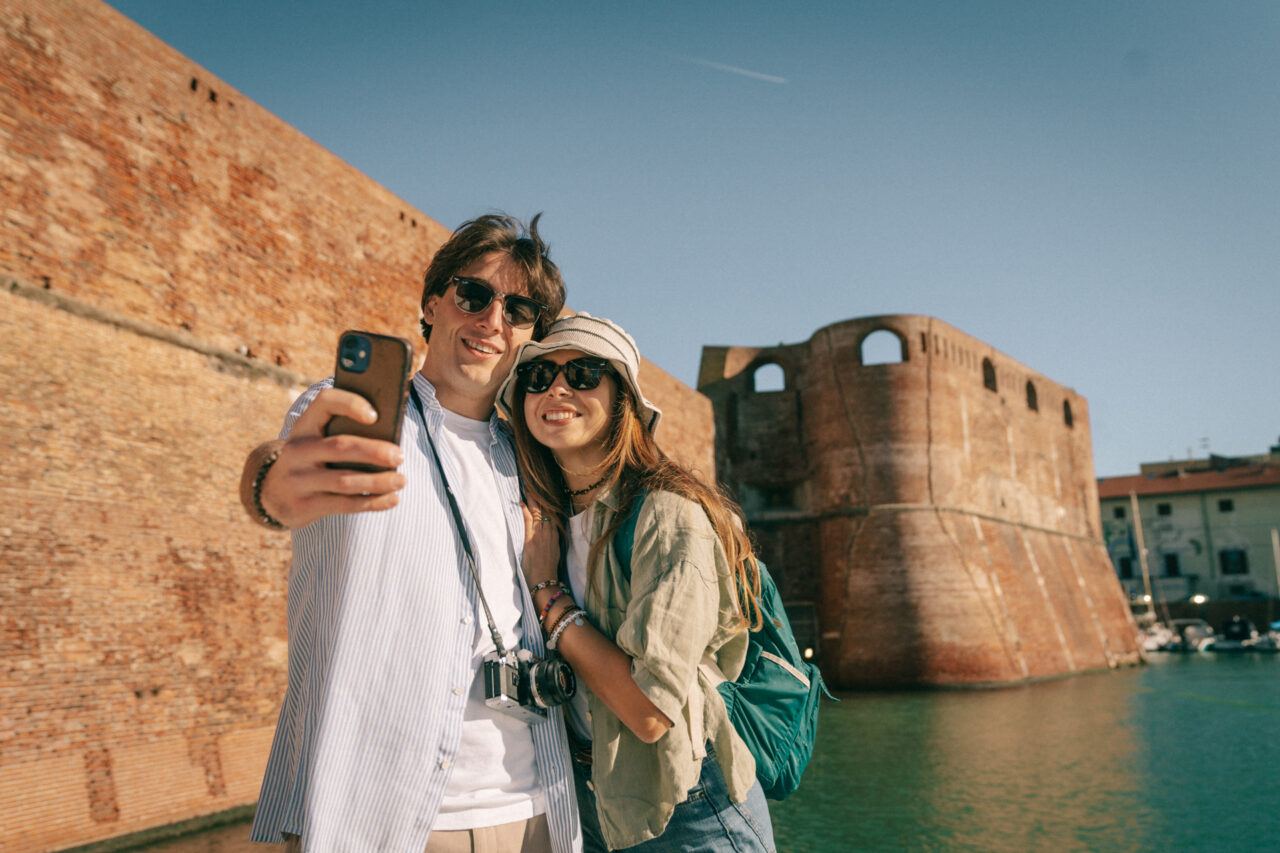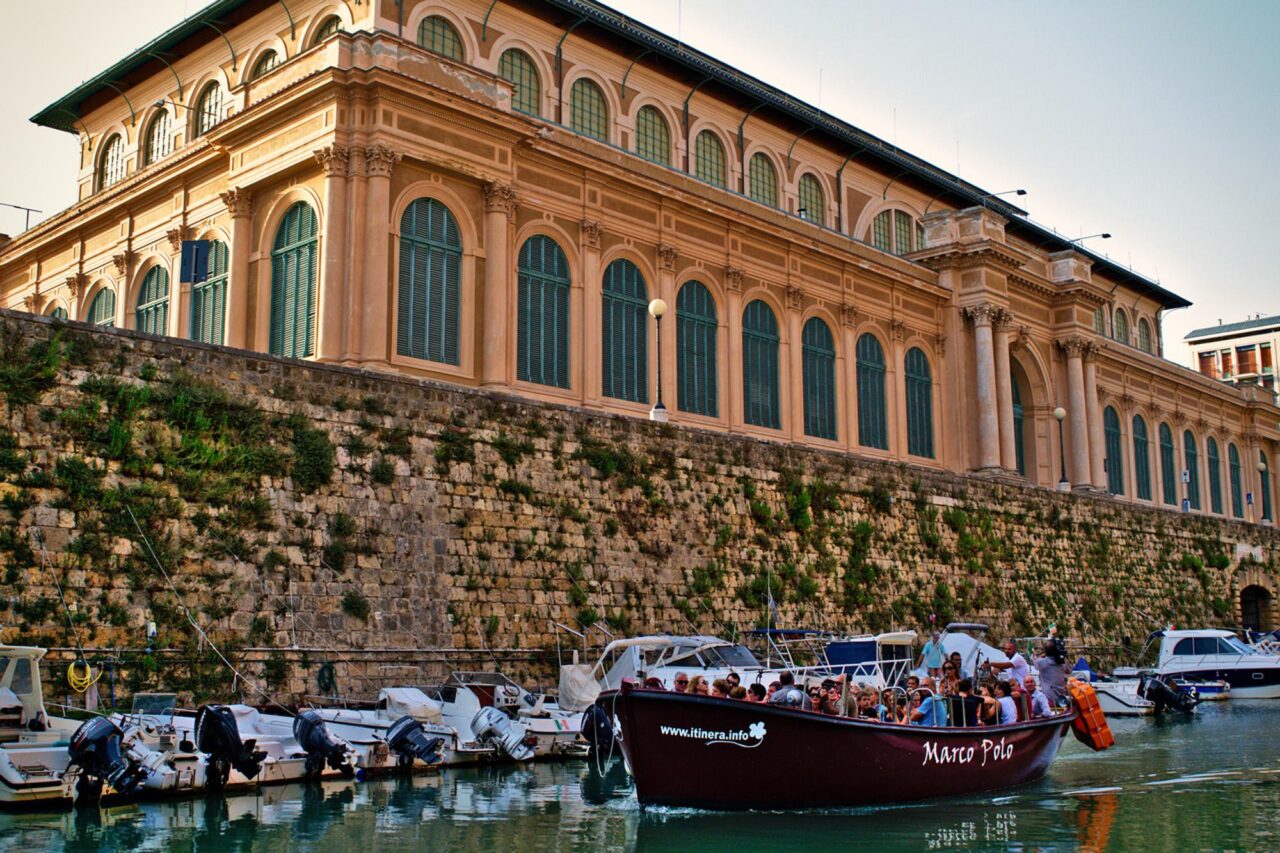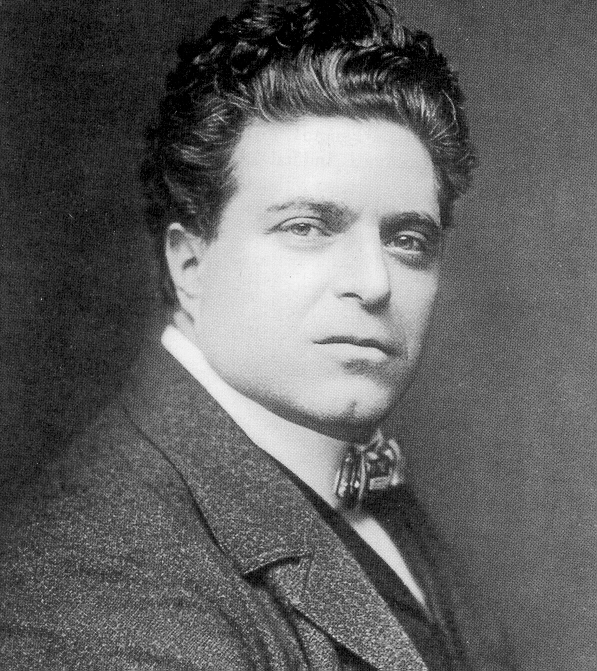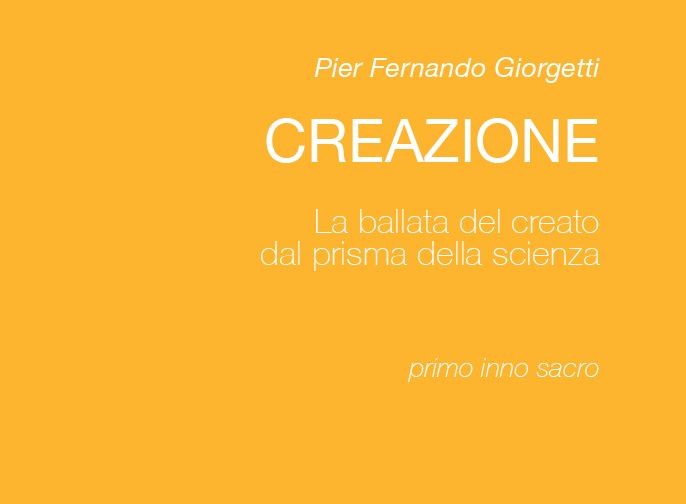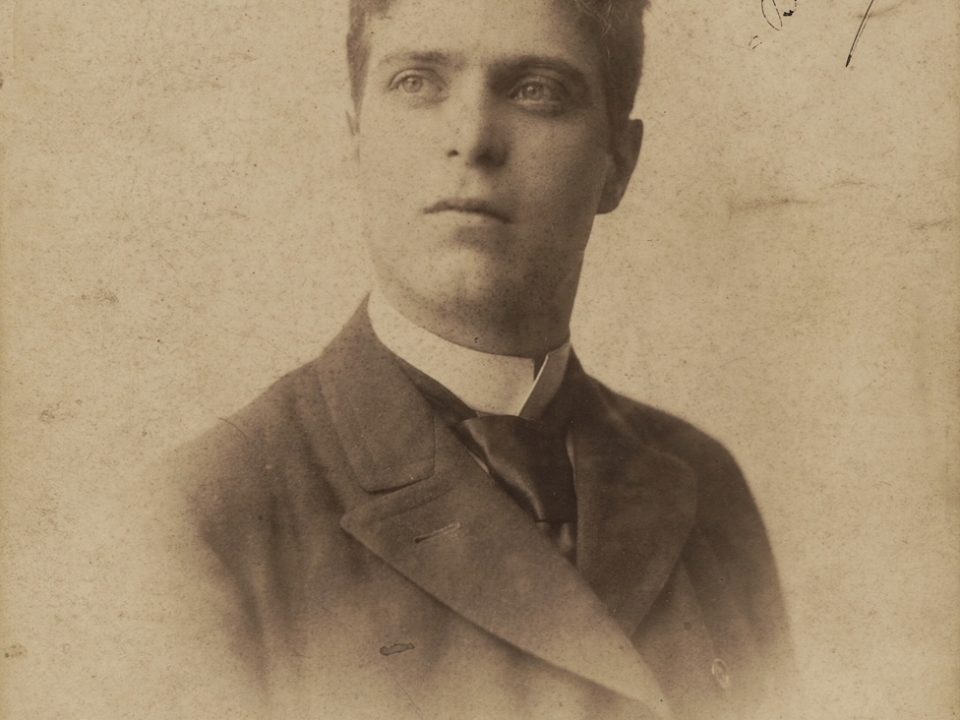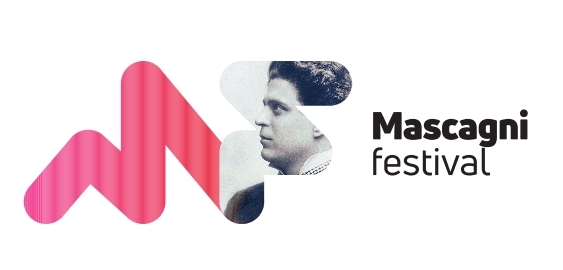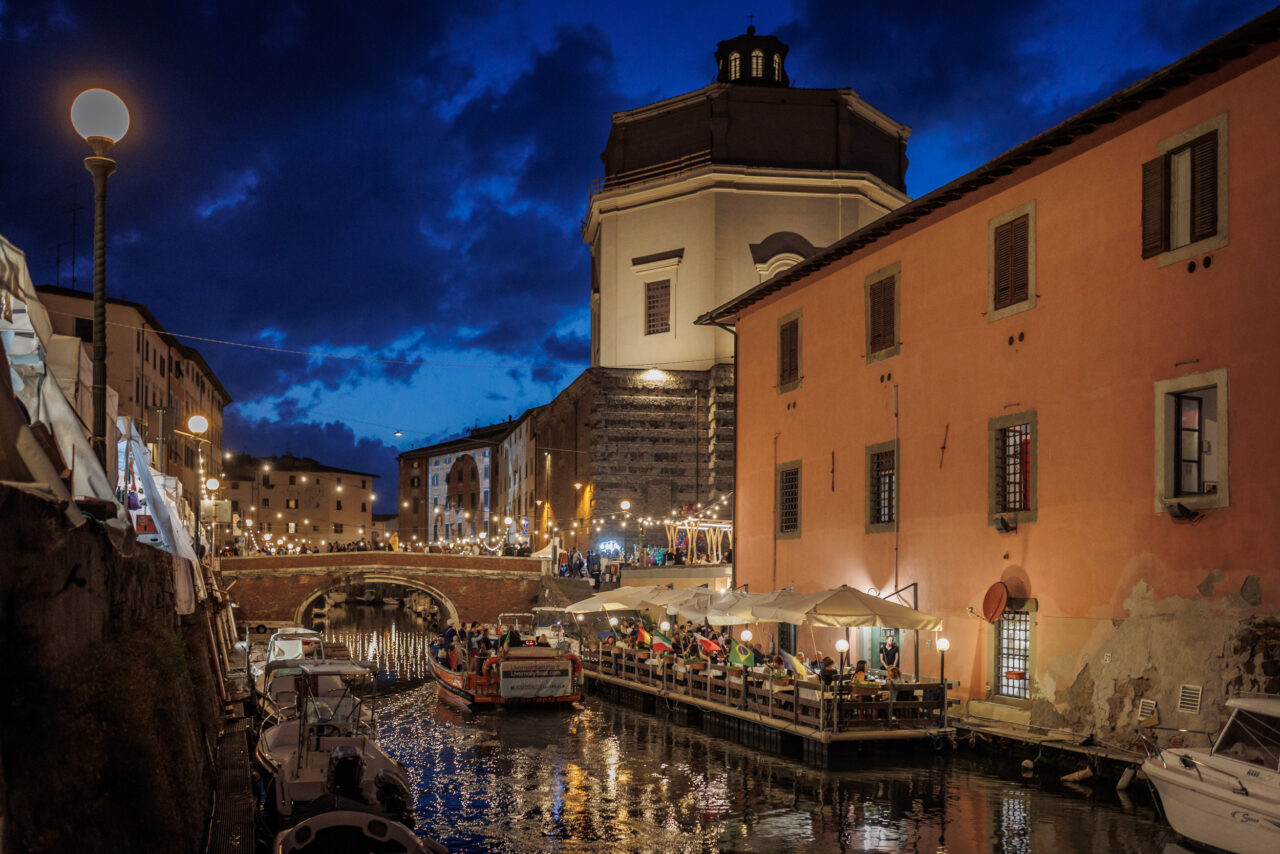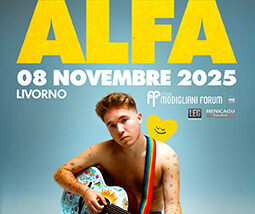Discovering the marvelous church of “Crocetta”
Try to imagine the bustling activity of goods and people in the Venezia Nuova neighborhood in the early 1700s. As the center of trade, companies, and consulates from all over the world, starting from 1682, with the dismantling of part of the Fortezza Nuova, it was experiencing a second expansion. Everywhere there were new construction sites, buildings, churches, and palaces shaping its appearance.
The Oil Cellars, Palazzo Huigens and the Monte di Pietà, the church and convent of Santa Caterina, all date from this period. As well as the Palazzo delle Colonne di marmo and the church of San Ferdinando, two architectural works bearing the signature of a genius of the Tuscan Baroque very active in Livorno: Giovan Battista Foggini, court architect first for Cosimo III de’ Medici and then for his son Ferdinando.
Enter Giovan Battista Foggini’s Baroque
Started in 1707 according to Foggini’s design and completed in 1716 under the supervision of Giovanni del Fantasia, the Church of San Ferdinando is one of the most shining examples of Livorno Baroque. Located on one side of Piazza del Luogo Pio, for the Livornese people it is known as the “Chiesa di Crocetta” (Crocetta Church) due to the Greek cross, red and blue, emblem of the Trinitarian Fathers, to whom this place of worship was entrusted.
As soon as you cross the threshold of San Ferdinando, you will be appropriately rewarded for not having been discouraged by the unfinished façade. In front of you, on a Latin cross plan, you will find a splendid central nave, adorned with stuccos and decorations, where you will discover a series of small chapels adorned with precious marbles and niches from which valuable baroque sculptures emerge.
Admire the sculptures of Giovanni Baratta
Among these, “Sant’Edoardo Re” and “Sant’Enrico II of Germany” are made of Carrara white marble by Giovanni Baratta, architect and sculptor, a student of Foggini and collaborator of Francesco Borromini. The most valuable treasure preserved inside the Church of San Ferdinando is also by Giovanni Baratta: the sculptural group of “The Vision of Saint John of Matha”, also known as “The Liberated Slaves”; a truly significant work both in terms of the mission of the Trinitarian Fathers and their spirit of hospitality. An angel, a figure that unites many of the religions embraced by Medicean Livorno, without overt Christian symbolism, frees two men from the chains of slavery by launching a message of unity among peoples, within the folds of the marble. Truly remarkable!
And finally, lower your gaze on the past
Within such a rich environment, it will be difficult for you to notice everything; for this reason, we advise you to also lower your gaze towards the sophisticated marble floor and towards the numerous tombstones among which, behind the altar, the tomb of the wealthy benefactor Francesco Terriesi, who, together with Prince Ferdinando, was the main financier of the church.
Useful informations
-
Who:
Alone, Children and families, Groups, In pairs, With friends
-
When:
Autumn, Spring, Summer, Winter
-
What:
-
Other characteristics
Free, Indoors, Reachable by public transport, Without reservation
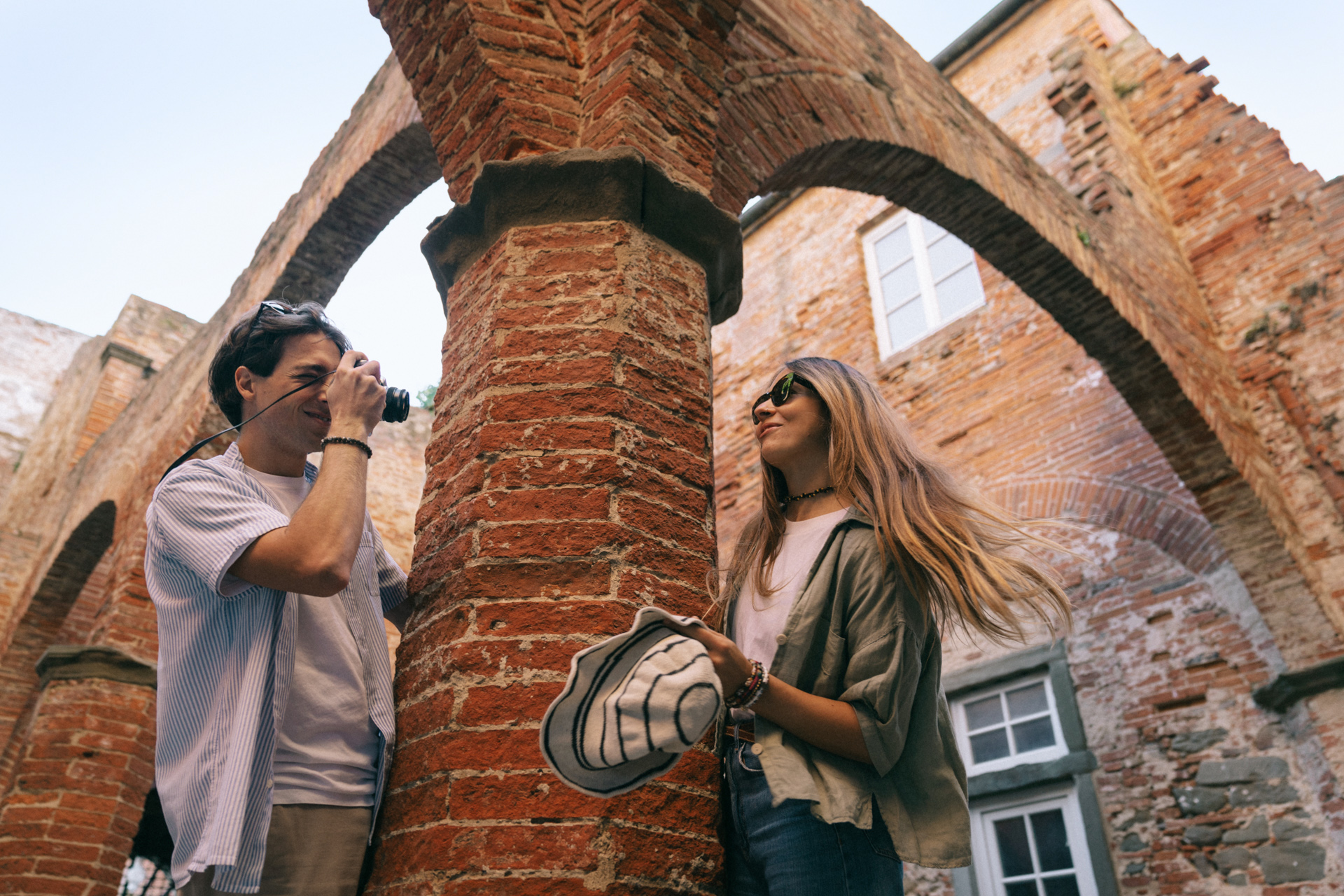
The unexpected Tuscany
Discover all the peculiarities that make Livorno so unique and surprising.
Discover more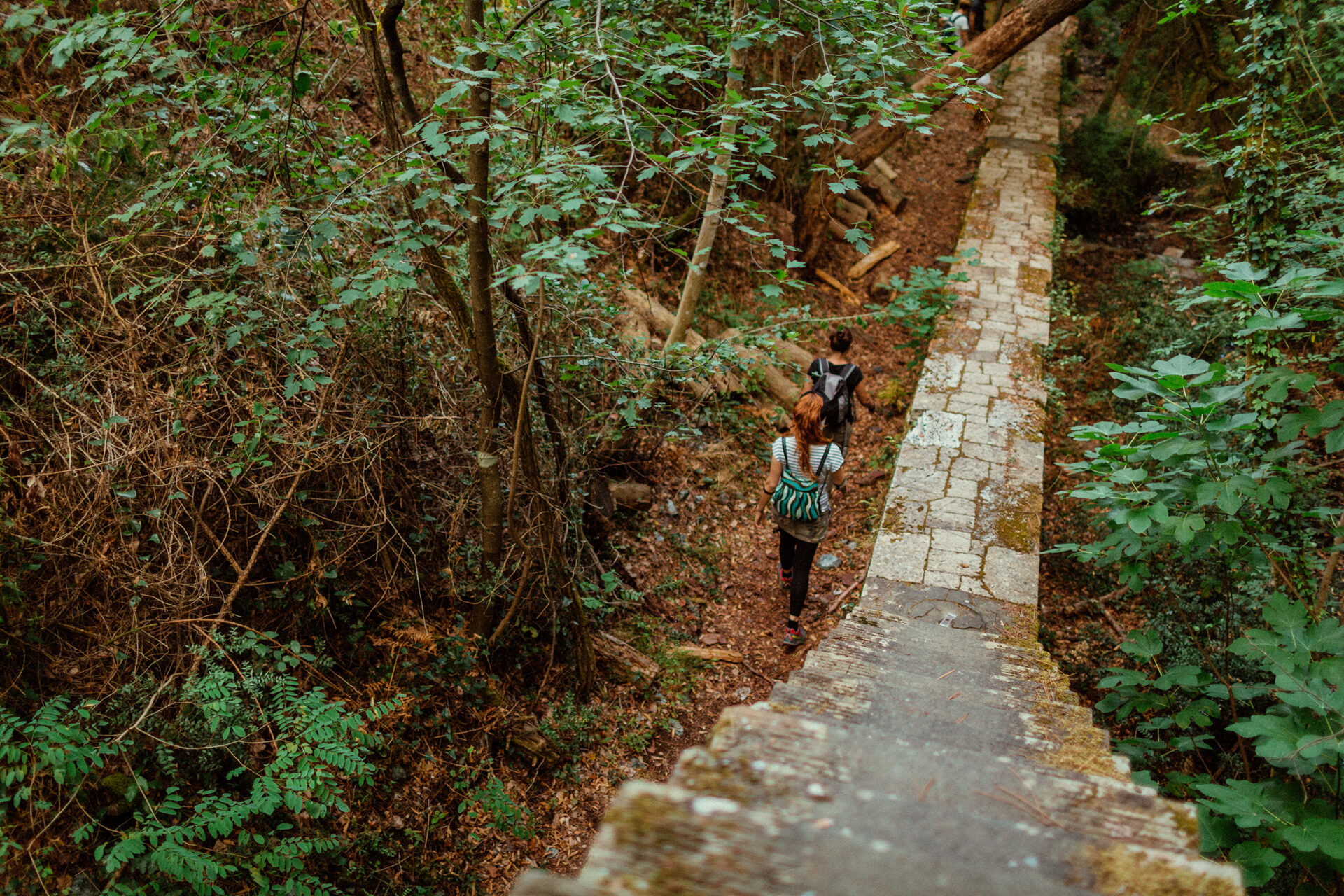
Subscribe to the newsletter
to stay updated
Don't miss any news about events in Livorno and surroundings.
